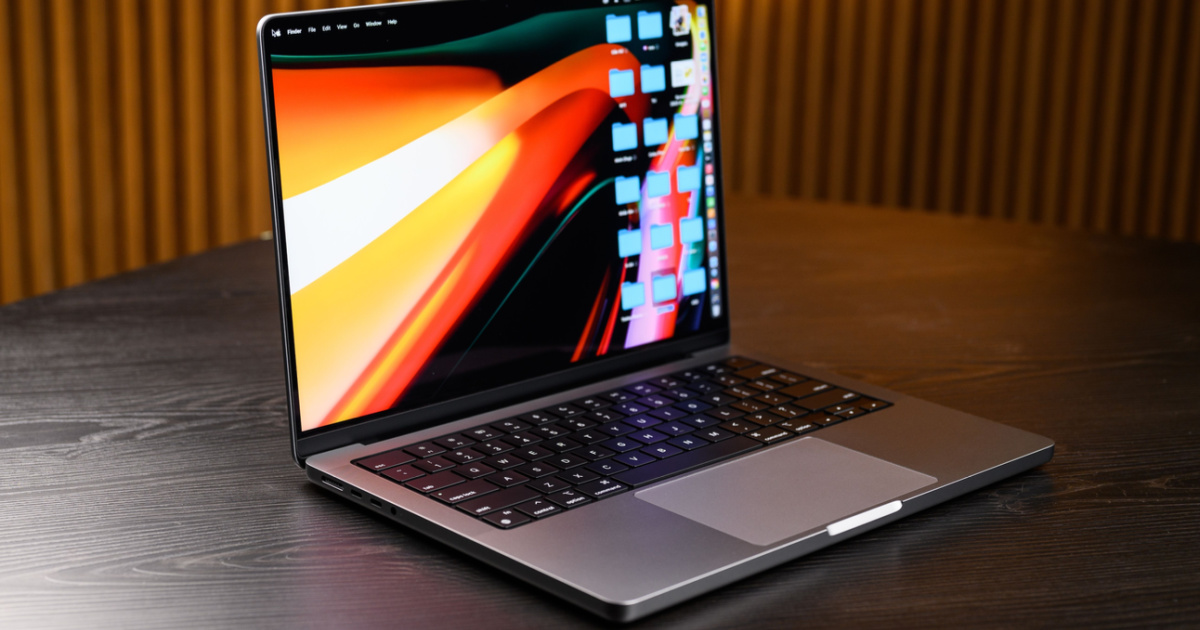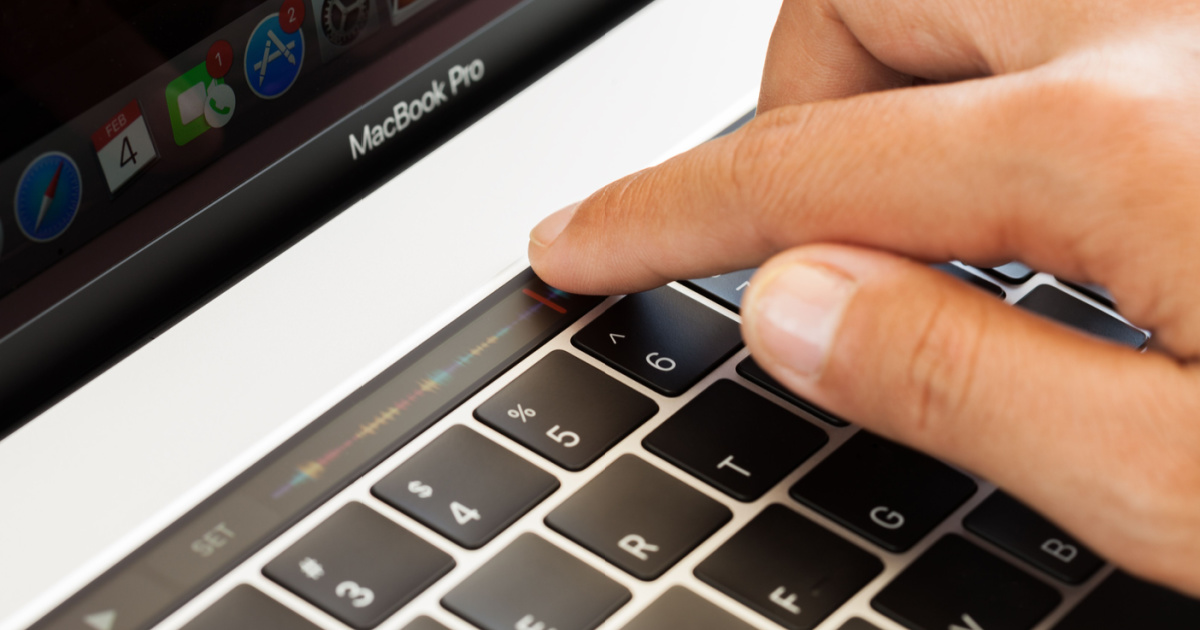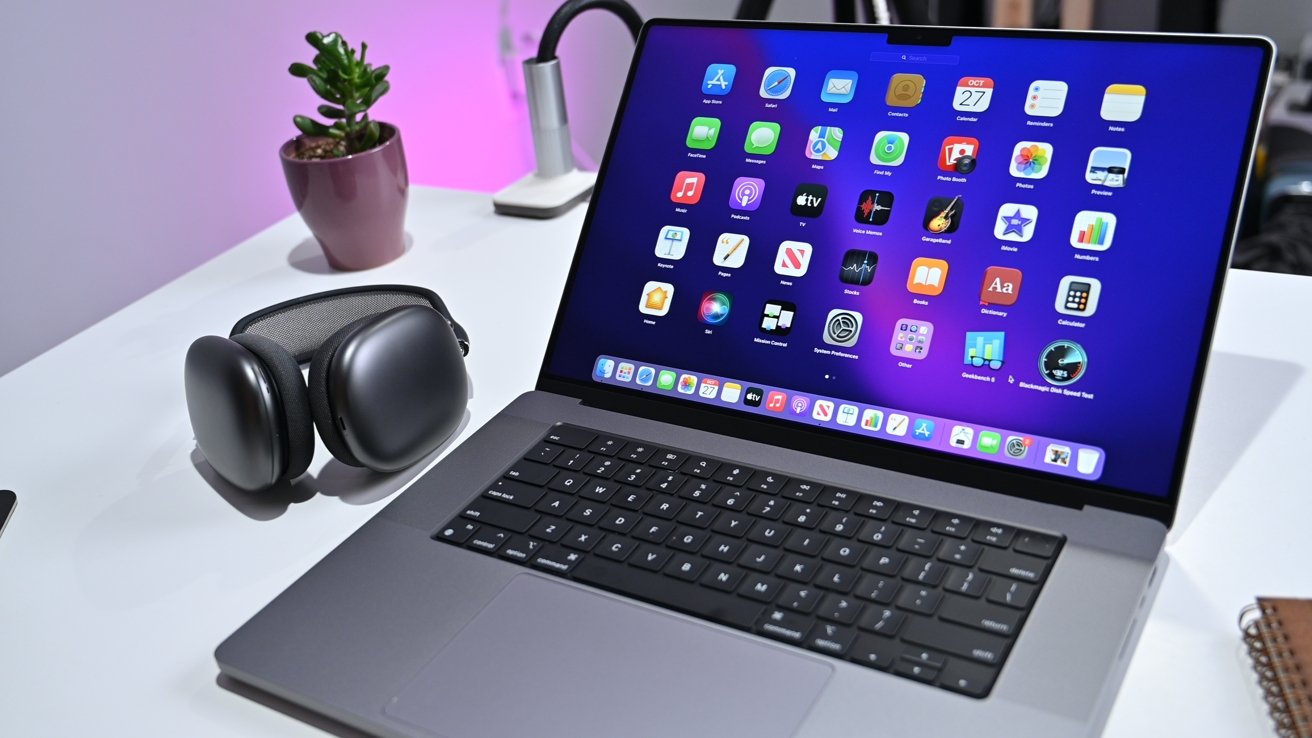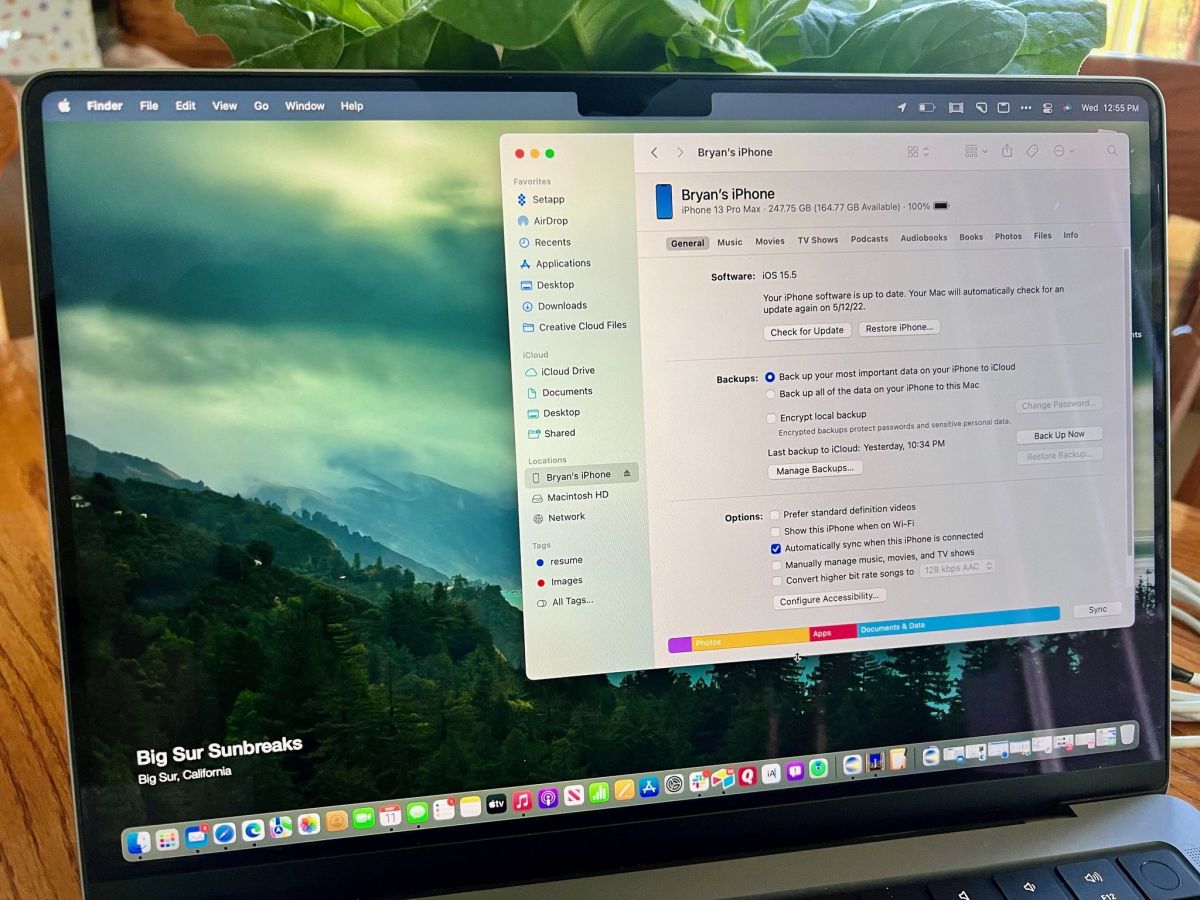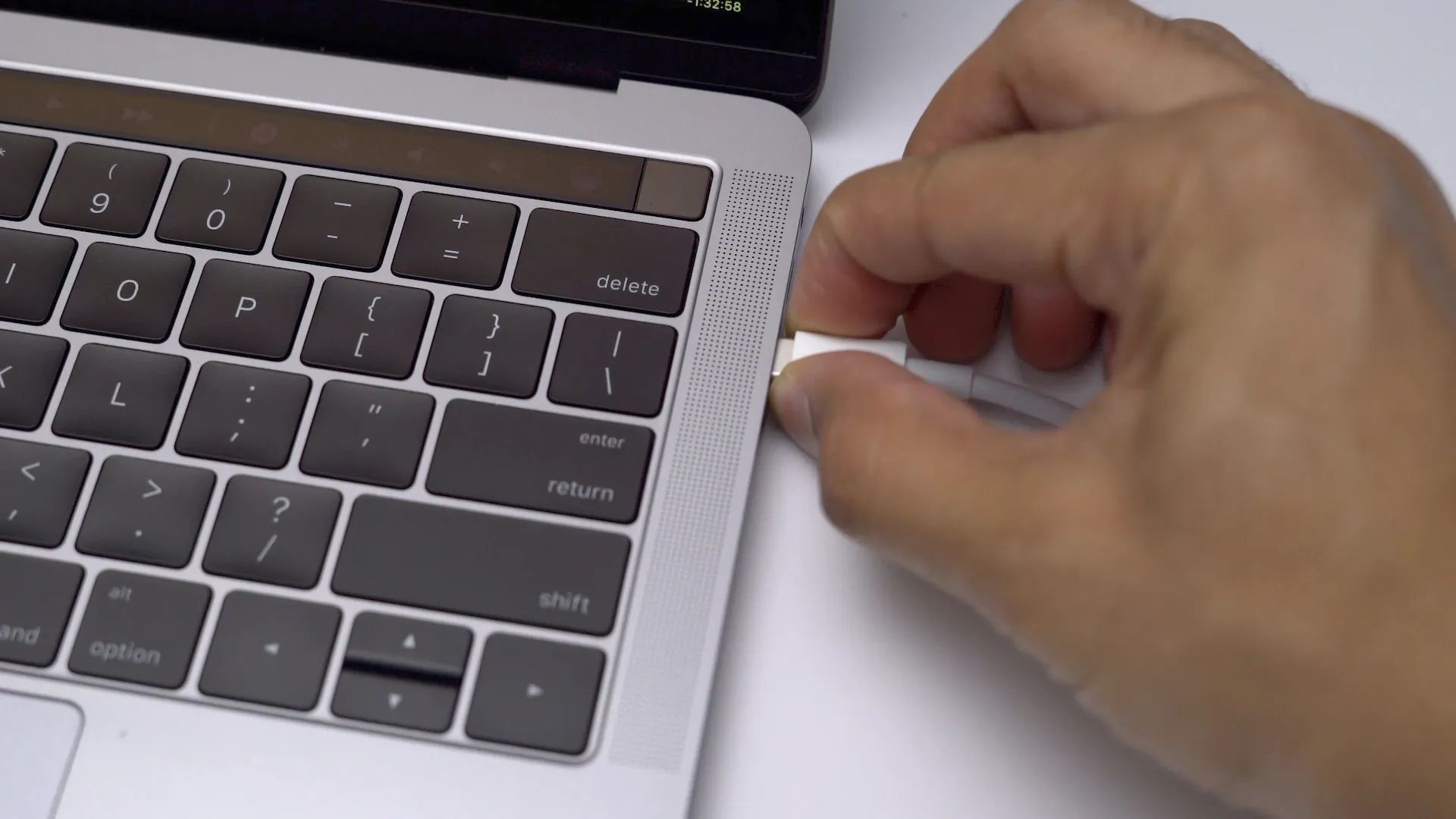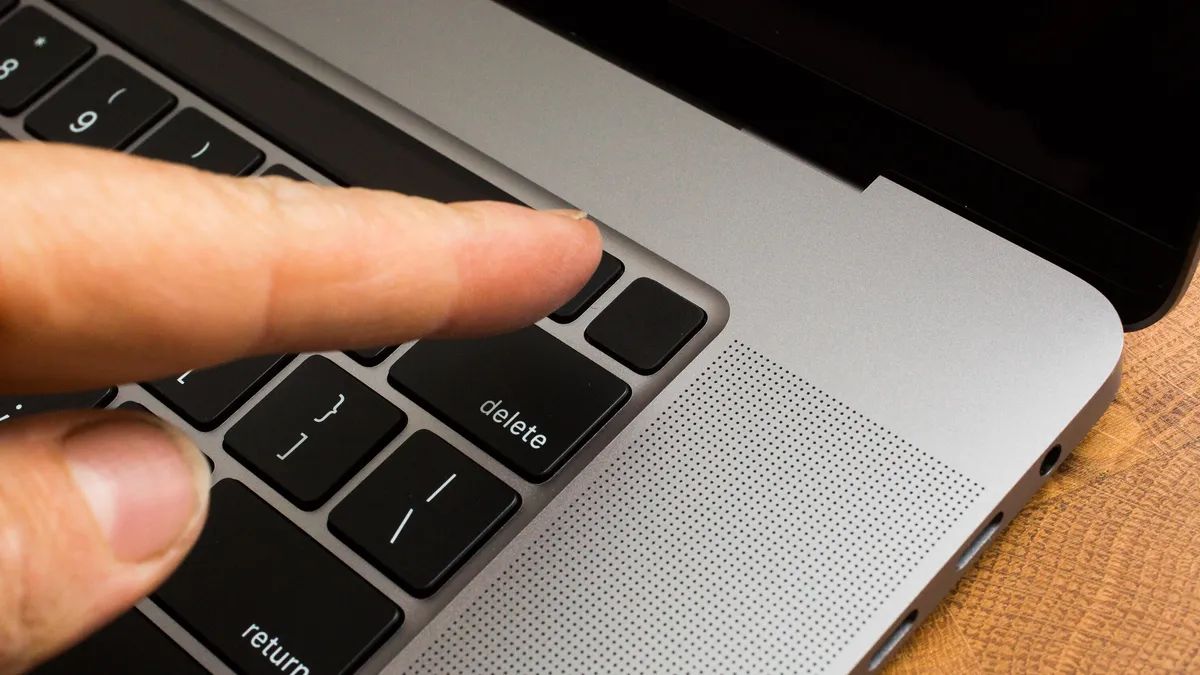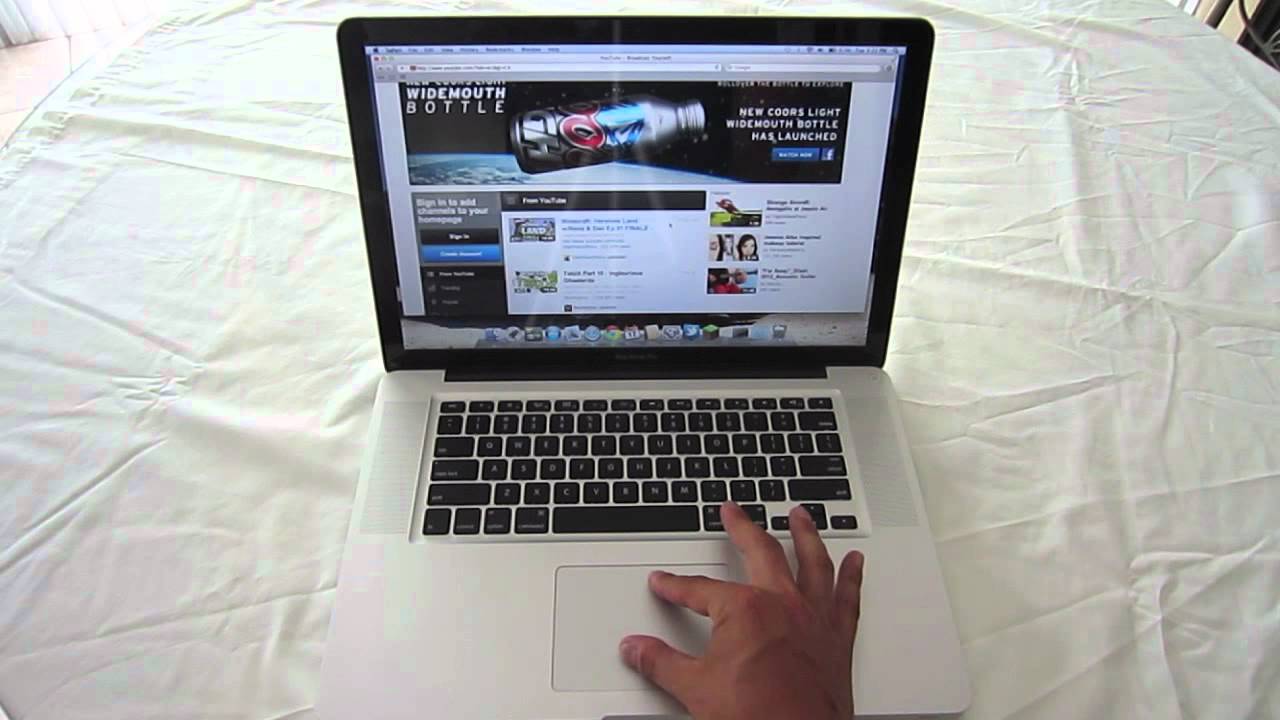Introduction
Welcome to this guide on how to restart your MacBook Pro when it becomes frozen. If you’re experiencing the frustration of a frozen MacBook Pro, don’t worry – you’re not alone. It’s a common issue that can occur for various reasons, such as a software glitch or a hardware conflict. When your MacBook Pro freezes, it can be frustrating and disruptive, but there are several methods you can try to get it up and running smoothly again.
In this article, we’ll explore four different ways to restart your MacBook Pro when it’s frozen. These methods range from force quitting applications to using shortcut keys, the Apple menu, and even the power button. By following these steps, you can regain control over your frozen MacBook Pro and get back to your work or leisure activities.
Before we delve into the solutions, it’s essential to note that restarting your MacBook Pro can cause some unsaved data to be lost. Therefore, it’s always a good idea to save your work frequently to prevent any significant data loss. Now, let’s dive into the different methods you can employ to restart your MacBook Pro when it’s frozen.
Step 1: Force Quit Applications
When your MacBook Pro becomes frozen, the first step you can take is to force quit any unresponsive applications. Sometimes, a single application can cause your entire system to freeze, so closing it can resolve the issue.
To force quit an application on your MacBook Pro, follow these steps:
- Press and hold the Command + Option + Escape keys simultaneously. This will open the Force Quit Applications window.
- In the Force Quit Applications window, you’ll see a list of currently running applications. Select the application that’s not responding.
- Click on the “Force Quit” button in the bottom right corner of the window. This will forcefully close the selected application.
After force quitting the unresponsive application, check if your MacBook Pro unfreezes. If it does, you can continue using your device as usual. However, if the freezing issue persists, proceed to the next step.
Force quitting applications is a useful troubleshooting step that can help resolve software-related conflicts and temporarily alleviate the freezing problem. It’s worth noting that force quitting an application may result in some unsaved data loss, so it’s essential to save your work frequently to avoid any inconvenience.
Step 2: Restart Using Shortcut Keys
If force quitting applications didn’t fix the freezing issue on your MacBook Pro, you can try restarting it using shortcut keys. This method allows you to bypass unresponsive applications and directly reboot your system.
Follow these steps to restart your MacBook Pro using shortcut keys:
- Press and hold the Control + Command + Power buttons simultaneously. The Power button is typically located in the upper right corner of the keyboard.
- Keep holding the buttons until your MacBook Pro turns off completely. You may see a black screen or the Apple logo and a loading bar before it shuts down.
- Once your MacBook Pro has turned off, wait for a few seconds, and then press the Power button again to power it back on.
After restarting your MacBook Pro using the shortcut keys, check if the freezing issue has been resolved. If your device starts up without any freezing problems, you can use it as normal. However, if the issue still persists, proceed to the next step.
Restarting your MacBook Pro using shortcut keys is a simple yet effective method to overcome freezing issues caused by software conflicts. It clears the system’s memory and allows a fresh start, potentially resolving any underlying software glitches that were causing the freeze.
Step 3: Restart Using the Apple Menu
If the previous methods didn’t resolve the freezing problem on your MacBook Pro, you can try restarting it using the Apple menu. This approach provides a more controlled and systematic way to restart your device.
Follow these steps to restart your MacBook Pro using the Apple menu:
- Click on the Apple logo in the top-left corner of the screen. This will open a drop-down menu.
- From the drop-down menu, select the “Restart” option. This will initiate the restart process.
- Wait for your MacBook Pro to shut down and turn back on. The progress will be indicated by a loading bar or an Apple logo.
Once your MacBook Pro has restarted, check if the freezing issue has been resolved. If everything is running smoothly, you can continue using your device without any interruption. However, if the freezing problem persists, proceed to the next step.
Restarting your MacBook Pro using the Apple menu provides a more traditional approach to rebooting your system. It ensures that all processes and applications are properly closed before initiating the restart. This can help eliminate any lingering conflicts or issues that might have been causing the freeze.
Step 4: Restart Using the Power Button
If all previous methods haven’t resolved the freezing problem on your MacBook Pro, you can try restarting it using the power button. This method is useful when other options are not accessible or not responding.
Follow these steps to restart your MacBook Pro using the power button:
- Locate the power button on your MacBook Pro. It is usually located in the upper right corner of the keyboard.
- Press and hold the power button for about 10 seconds. Keep holding it until your MacBook Pro shuts down completely.
- Release the power button, wait for a few seconds, and then press it again to turn your MacBook Pro back on.
After restarting your MacBook Pro using the power button, check if the freezing issue has been resolved. If your device functions normally without any freezes, you can continue using it as usual. However, if the issue still persists, further troubleshooting or professional assistance may be required.
Restarting your MacBook Pro using the power button is a last resort method to overcome severe freezing issues. It forcibly shuts down your device, clears any temporary system glitches, and starts afresh. However, it should be used sparingly and only when other options are unavailable or ineffective.
Conclusion
Experiencing a frozen MacBook Pro can be frustrating, but fortunately, there are several methods you can try to resolve the issue. In this guide, we’ve explored four different steps to restart your MacBook Pro when it becomes frozen.
If force quitting applications didn’t solve the problem, you can try restarting using shortcut keys, the Apple menu, or the power button. Each method provides a different approach to restarting your device and can help alleviate the freezing issue caused by software conflicts or glitches.
Remember to save your work frequently to avoid any significant data loss while troubleshooting. Additionally, it’s important to note that if the freezing problem persists even after trying these methods, it may be a sign of a more significant hardware or software issue. In such cases, seeking professional assistance or contacting Apple support can provide further guidance and solutions.
We hope that this guide has been helpful in addressing your MacBook Pro freezing issue. By following these steps, you can regain control over your device and continue using it smoothly. Happy computing!







